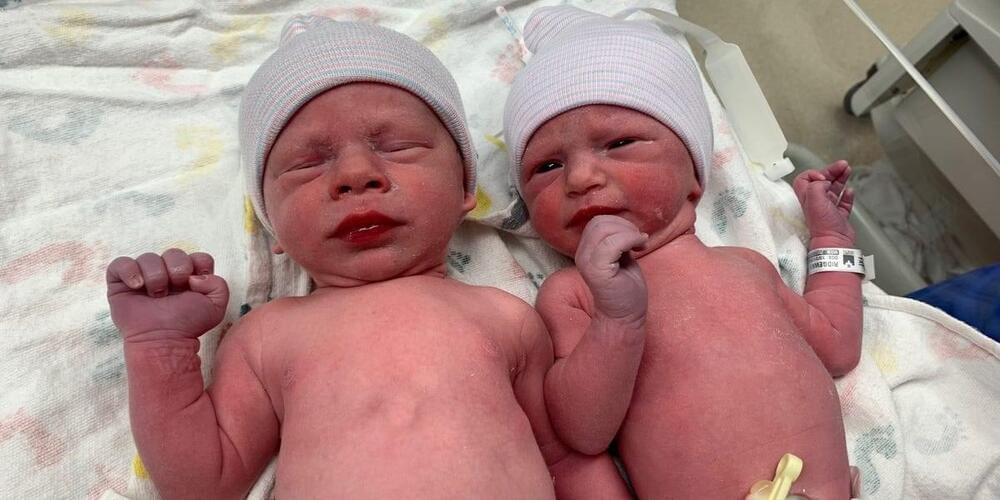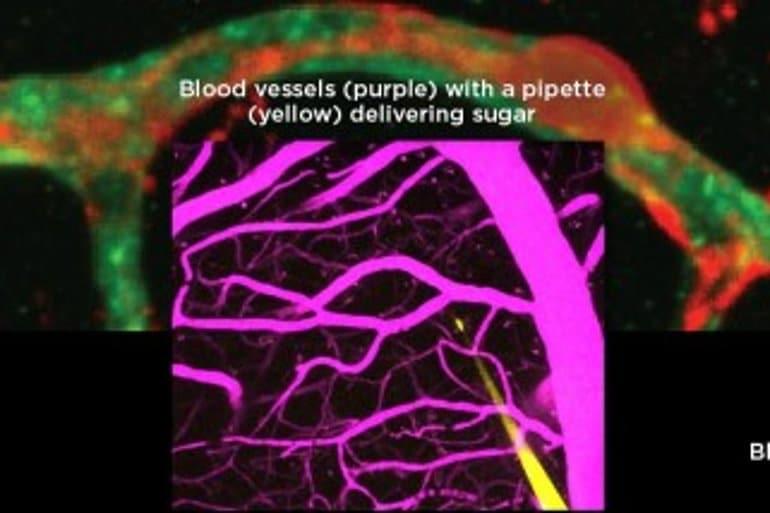New research sheds light on the psychological profiles of individuals who have been convicted of capital murder in California and sentenced to death. The study, published in the Journal of Forensic Sciences, found a “pronounced heterogeneity” concerning clinical psychopathy. While a substantial proportion of the offenders exhibited heightened psychopathic features, others showed no signs of psychopathy.
Psychopathy is considered important to understanding criminal behavior because it is a personality disorder characterized by a lack of empathy and remorse, along with impulsive and reckless behavior. Research has shown that individuals with psychopathic traits are overrepresented among offenders, particularly those who have committed violent or repeat offenses.
Understanding the characteristics and behaviors associated with psychopathy can aid in the prediction and prevention of criminal behavior, as well as the development of more effective treatment and rehabilitation programs for offenders.








